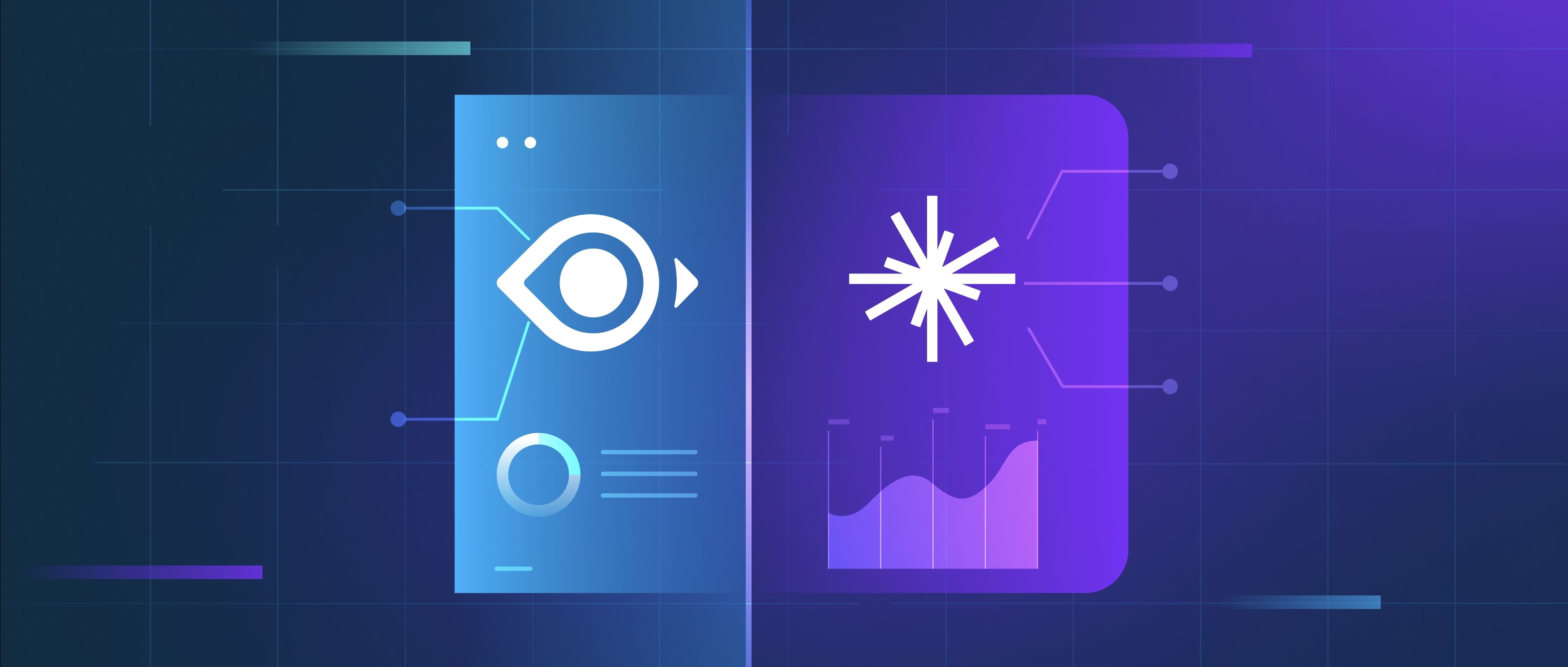To extract data from legacy systems without APIs, developers typically use a mix of direct access methods, automation, and custom tooling. The approach depends on the system’s architecture, available interfaces, and data storage formats. Below are common strategies, ordered by practicality and technical feasibility.
1. Direct Database Access or File Extraction Many legacy systems store data in relational databases (e.g., Oracle, DB2) or flat files (e.g., CSV, fixed-width). If database credentials are available, you can connect directly via ODBC/JDBC drivers and query tables using SQL. For example, a COBOL-based system might use a hierarchical database like IMS, which can be queried using specialized tools or scripts. If the system writes data to text files, you might automate file parsing—for instance, using Python to read daily-generated CSV files from a designated folder. However, this requires knowledge of the database schema or file structure, which may lack documentation. Security and access permissions must also be verified to avoid disrupting production systems.
2. Screen Scraping or UI Automation
Legacy systems with terminal interfaces (e.g., IBM 3270, VT100) can be automated using tools that emulate keystrokes and scrape data from the screen. For example, libraries like pyt3270 (for IBM mainframes) or tools like AutoHotkey can navigate menus, input commands, and extract text from specific screen coordinates. Similarly, Selenium can scrape web-based legacy UIs. However, this method is fragile: UI changes (like button renames) break scripts, and performance is slow for large datasets. It’s best for systems where no other data access exists. A practical example is scraping invoice data from an AS/400 green-screen application by scripting a sequence of F3 key presses and field extractions.
3. Log Parsing or Middleware Integration Some systems write transactional data to logs or export files in structured formats. Developers can parse these logs using regex or custom scripts. For instance, a legacy billing system might generate nightly text logs with customer records, which a Python script could parse and load into a modern database. Alternatively, middleware like MuleSoft or Apache Camel can bridge legacy protocols (e.g., FTP, SOAP) to modern APIs. For example, a mainframe using MQ Series for messaging could be integrated via a middleware layer that polls the queue and converts messages to JSON. This requires understanding the legacy system’s communication protocols but avoids invasive changes to the legacy codebase.
In all cases, prioritize non-disruptive methods and validate data consistency. For example, checksums or row counts can verify that extracted data matches the source. If feasible, advocate for incremental modernization, such as wrapping the legacy system with an API layer to enable safer, long-term access.
